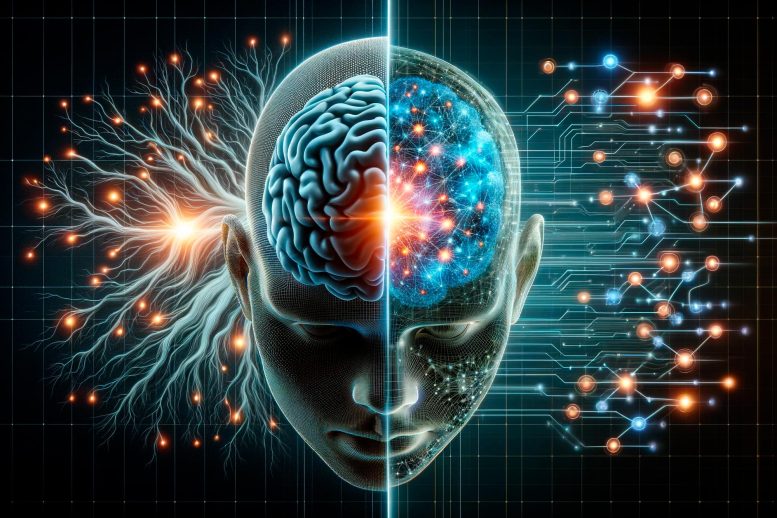
Neural Networks Unveil Secrets of Star FormationNeural Networks Unveil Secrets of Star Formation Star formation is a fundamental process in the evolution of galaxies and the cosmos, giving birth to celestial bodies that illuminate the night sky and shape the fabric of the universe. However, understanding the intricate mechanisms that govern star formation has remained elusive, posing a significant challenge to astronomers. In recent years, advancements in artificial intelligence (AI) have revolutionized scientific research, including the study of astrophysics. Neural networks, a type of AI algorithm, have emerged as powerful tools for analyzing complex data and revealing hidden patterns. Scientists have now harnessed the power of neural networks to unlock the secrets of star formation. By meticulously training these algorithms on vast datasets of astronomical observations, researchers have developed sophisticated models that can decipher the intricate interplay of factors that influence the formation of stars. These neural network models have uncovered previously unknown correlations between various physical parameters and the likelihood of star formation. They have revealed the influence of gas density, temperature, metallicity, and turbulence on the formation and evolution of stellar progenitors. Furthermore, neural networks have enabled astronomers to identify and classify different types of star-forming regions, such as molecular clouds, HII regions, and protostellar cores. This fine-grained classification has shed light on the diversity of star formation mechanisms and their dependence on environmental conditions. By combining the insights gained from neural networks with traditional astrophysical modeling, scientists are constructing a more comprehensive picture of star formation. These advancements have profound implications for understanding the origin and evolution of stars, galaxies, and the universe itself. As the field of astrophysics continues to embrace AI, neural networks are poised to play an increasingly pivotal role in unraveling the mysteries of star formation. By harnessing the power of these algorithms, astronomers will gain deeper insights into the intricate processes that govern the birth of stars and the shaping of our cosmic landscape.
Posted inNews